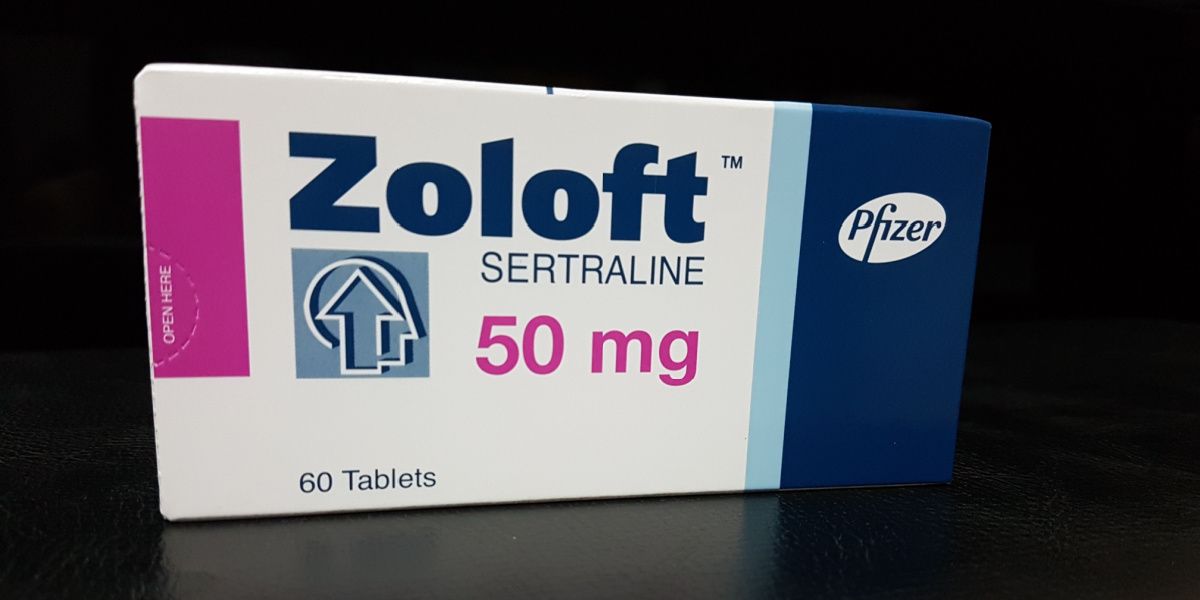Vilazodone is an antidepressant medication used to treat major depressive disorder. Vilazodone is considered safe for adult use and has a low incidence of serious side effects. However, side effects can occur, and it is important to be aware of risks and precautions while taking vilazodone.
- Vilazodone (Viibryd) is an antidepressant medication that impacts serotonin levels and activity in the brain.
- In most cases, vilazodone causes only mild and transient side effects, although serious side effects can occur.
- If serious side effects occur, contact a doctor for advice, as treatment changes may be required.
-Side-Effects.jpg?v=1755771874)
Understanding vilazodone (Viibryd)
Vilazodone is an antidepressant medication, available as a generic tablet and a brand-name tablet, Viibryd. Vilazodone is part of a class of antidepressants called selective serotonin reuptake inhibitors (SSRIs). However, it has a dual mechanism of action, which distinguishes it from other medications in this class. It is sometimes referred to as a serotonin partial agonist and reuptake inhibitor. [1]
Vilazodone is believed to have a similar side effect profile to SSRIs and serotonin and norepinephrine reuptake inhibitors (SNRIs), although it may vary in its likelihood to cause side effects relating to sexual dysfunction, sleep, and weight changes. [2][3]
What is it used for?
Vilazodone is approved by the Food and Drug Administration (FDA) to treat major depressive disorder (MDD). Vilazodone can help with symptoms of depression, including low mood, sleep disturbances, and changes in appetite. [1][4]
Like other SSRIs, vilazodone can sometimes be used off-label, for purposes that are not FDA-approved, such as anxiety disorders and obsessive-compulsive disorder (OCD). [5]
Common vilazodone side effects
It is common to experience side effects of vilazodone, particularly when commencing a new treatment or increasing the dosage. These side effects are likely to last only a couple of weeks and are often mild. However, in some cases, more severe side effects can occur, which may require professional intervention.
Common side effects of vilazodone include: [4][6]
- Nausea
- Vomiting
- Diarrhea
- Dry mouth
- Stomach pain
- Headache
- Dizziness
- Tingling
- Insomnia
- Restlessness
- Unusual dreams or nightmares
Rare and severe side effects
In some cases, people may experience rare and severe side effects of vilazodone. If any of the following side effects occur, consult with the prescribing doctor, as changes in dosage or medication may be required: [4][6]
- Fever
- Uncontrollable shaking
- Rash or hives
- Sexual dysfunction, including inability to orgasm or erectile dysfunction
- Breathing issues
- Seizures
- Confusion
- Hallucinations
- Persistent vomiting or diarrhea
- Unexplained or unusual bleeding or bruising
- Fainting
- Impaired coordination or memory
Suicidal ideation
Some people might experience new or increasing suicidal ideation when taking vilazodone. This risk is higher at the start of a new treatment and in people under the age of 24. [4]
People commencing vilazodone treatment, and their parents or caregivers, should be made aware of this risk. They will be informed of the behavioral and emotional changes to be aware of, which might include new or worsening thoughts and behaviors of self-harm or suicide.
These symptoms should be reported to the prescribing clinician, who can provide advice and support to manage these changes and help ensure the individual’s safety.
Serotonin syndrome
Serotonin syndrome is a potentially life-threatening condition that can occur due to the use of antidepressants, such as vilazodone. It is caused by very high levels of serotonin, which can happen when vilazodone is used alone or alongside other serotonergic medications, such as: [1][4]
- Other antidepressants, particularly monoamine oxidase inhibitors (MAOIs)
- Triptans
- Fentanyl
- Tramadol
- Lithium
- Buspirone
Serotonin syndrome can cause mild to severe symptoms, which may require urgent medical care. Signs and symptoms of serotonin syndrome include: [4]
- Changes in heart rate and blood pressure
- Agitation
- Delirium
- Hallucinations
- Fever
- Flushing
- Sweating
- High body temperature
- Nausea and vomiting
- Shaking
- Rigidity
- Loss of consciousness
If any of these symptoms occur, contact a doctor immediately. If it is necessary for treatment to involve vilazodone and another serotonergic medication, the individual should be closely monitored for signs of serotonin syndrome.
Contraindications and precautions
For some people, vilazodone may not be a safe treatment option, or dosage adjustments might be needed. This includes: [4][6]
- Pregnancy and breastfeeding: Using vilazodone while pregnant or breastfeeding can cause harm to the fetus or infant. It is important to discuss treatment options before starting vilazodone, and for the individual to be aware of the benefits and risks of this treatment.
- History of mania or bipolar disorder: Vilazodone can cause the onset of manic symptoms, particularly in those with a history of mania or bipolar disorder. Individuals should be screened prior to treatment.
- Recent MAOI treatment: Vilazodone should not be taken within 14 days of MAOIs, as this can cause a significant risk of serotonin syndrome. If MAOI treatment is discontinued, wait two weeks before commencing vilazodone.
- History of seizures: Vilazodone might increase the risk of seizures, particularly in those with a history of seizure disorders.
- History of glaucoma: Vilazodone can cause angle-closure glaucoma in those with a history of anatomically narrow angles.
- People under the age of 18: Vilazodone is not approved for use in people under the age of 18 and can cause a greater risk of suicidal ideation in this age group.
- People over the age of 65: Older adults may be at increased risk of adverse effects when taking vilazodone, so they may require an adjusted dose.
Precautions
Other precautions to note when taking vilazodone include: [4]
- Discontinuation syndrome: Physical dependence can develop with prolonged vilazodone treatment, which can lead to discontinuation syndrome when the treatment is stopped. This can include changes in mood and behavior, sensory disturbances, agitation, headache, insomnia, and confusion. Gradual dose reductions are recommended rather than abruptly stopping treatment.
- Risk of bleeding: Vilazodone can cause an increased risk of bleeding events, such as hematoma and hemorrhage. This risk is increased when vilazodone is used alongside NSAIDs or blood-thinning medications.
- Drug interactions: Vilazodone might interact with other substances, medications, or supplements. This can change the effectiveness of the medication or lead to adverse effects. The prescribing doctor should be made aware of all substances and medications used to determine the safe use of vilazodone.
What to do if you experience severe side effects
If you experience side effects when taking vilazodone that persist for longer than a few weeks, become increasingly concerning, or have a significant impact on functioning or well-being, contact the prescribing doctor.
It may be necessary to change the dosage or to start an alternative medication. In some cases, serious side effects might need medical intervention to prevent further risks of harm. The doctor can advise on the necessary steps to take to manage serious side effects.

-person-thumbnail.jpg?v=1758880627)

